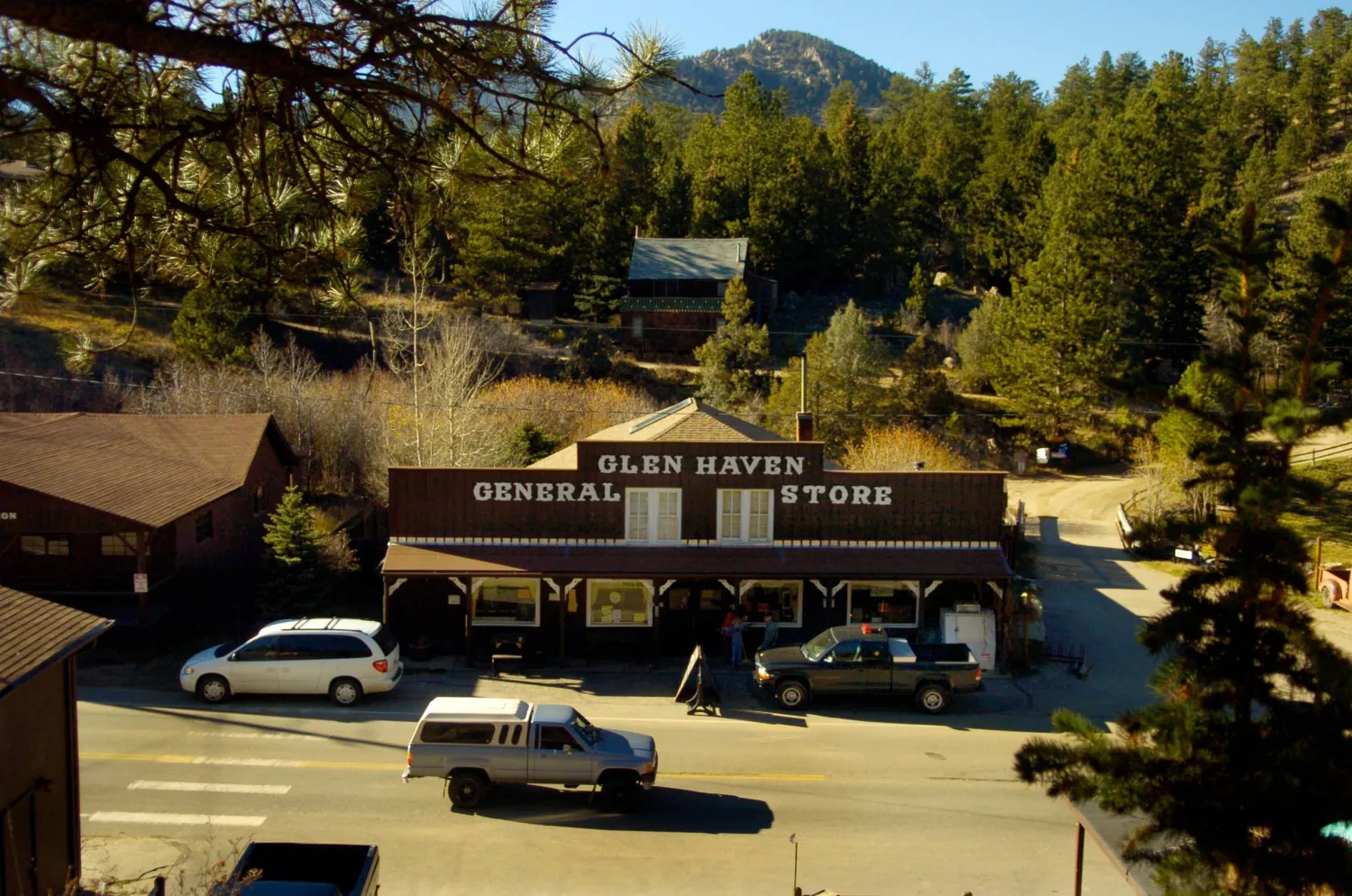NASA and SpaceX on Wednesday delayed the launch of a replacement crew of four astronauts to the International Space Station that would have set in motion the long-awaited homecoming of US astronauts Butch Wilmore and Suni Williams.
NASA had been set to launch a SpaceX rocket from Florida carrying a replacement crew for the International Space Station in a mission that would set up the return to Earth of Wilmore and Williams - stuck in space for nine months after a trip on Boeing's faulty Starliner.
The launch was called off due to a hydraulic system issue with a ground support clamp arm for the Falcon 9 rocket, Reuters quoted NASA as saying in a statement.
Launch teams are working to address the issue, it said in another statement.
NASA said it is now targeting a launch no earlier than 7:03 p.m. EDT (2303 GMT) Friday after mission managers put off a launch attempt on Thursday because of high winds and rain forecast in the flight path of Dragon.
With a Friday Crew-10 launch, the Crew-9 mission with astronauts Wilmore and Williams would depart the space station on Wednesday, March 19, it said.
The US space agency had moved up the mission by two weeks after President Donald Trump and his adviser Elon Musk, CEO of SpaceX, called for Wilmore and Williams to be brought back earlier than NASA had planned.
A planned eight-day stay on the orbiting station has dragged on for Wilmore and Williams, both veteran astronauts and US Navy test pilots. Starliner returned to Earth without them last year.
SpaceX's rocket had been scheduled to blast off from the Kennedy Space Center in Cape Canaveral at 7:48 p.m. ET (2348 GMT) with a crew of two US astronauts and one astronaut each from Japan and Russia.
Wilmore and Williams have been working on research and maintenance with the space station's other astronauts and have remained safe, according to NASA. Williams told reporters in a March 4 call that she is looking forward to seeing her family and dogs upon returning home.
"It's been a roller coaster for them, probably a little bit more so than for us," Williams said of her family. "We're here, we have a mission - we're just doing what we do every day, and every day is interesting because we're up in space and it's a lot of fun."
The flight, known as Crew-10, normally would be considered a routine astronaut rotation. Instead, it has become entangled in politics as Trump and Musk have sought - without offering evidence - to blame former President Joe Biden for the delayed return of Wilmore and Williams.
The demands by Trump and Musk for an earlier return were an unusual intervention in NASA's human spaceflight operations. The mission previously had a target date of March 26, but NASA swapped a delayed SpaceX capsule with a different one that would be ready sooner.
When the new crew arrives aboard the station, Wilmore, Williams and two others - NASA astronaut Nick Hague and Russian cosmonaut Aleksandr Gorbunov - can return to Earth in a capsule that has been attached to the station since September, as part of the prior Crew-9 mission.
Wilmore and Williams cannot leave until the new Crew-10 craft arrives so that the ISS staffed with enough US astronauts for maintenance, according to NASA.
Wilmore and Williams flew to the station in June as the first test crew of Boeing's Starliner, which suffered propulsion system issues in space. NASA deemed it too risky for the astronauts to fly home on the Boeing craft. This led to the current plan to bring them home in a SpaceX capsule.
NASA, SpaceX Delay Flight that Was to Retrieve Stuck Astronauts

The NASA SpaceX Dragon Endeavour spacecraft on a Falcon 9 rocket, that will carry the NASA's Crew-10, is docked after the launch was scrubbed at the Kennedy Space Center Launch Complex 39A at NASA's Kennedy Space Center in Titusville, Florida, USA, 12 March 2025. EPA/CRISTOBAL HERRERA-ULASHKEVICH

NASA, SpaceX Delay Flight that Was to Retrieve Stuck Astronauts

The NASA SpaceX Dragon Endeavour spacecraft on a Falcon 9 rocket, that will carry the NASA's Crew-10, is docked after the launch was scrubbed at the Kennedy Space Center Launch Complex 39A at NASA's Kennedy Space Center in Titusville, Florida, USA, 12 March 2025. EPA/CRISTOBAL HERRERA-ULASHKEVICH
لم تشترك بعد
انشئ حساباً خاصاً بك لتحصل على أخبار مخصصة لك ولتتمتع بخاصية حفظ المقالات وتتلقى نشراتنا البريدية المتنوعة







